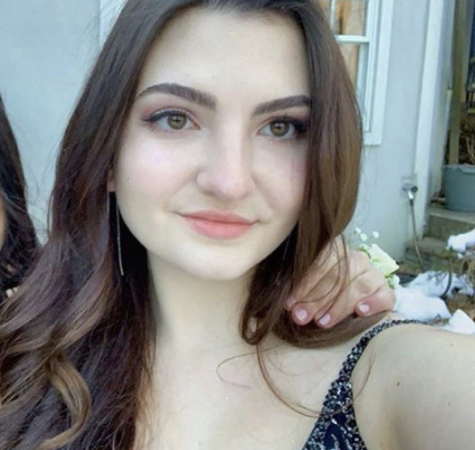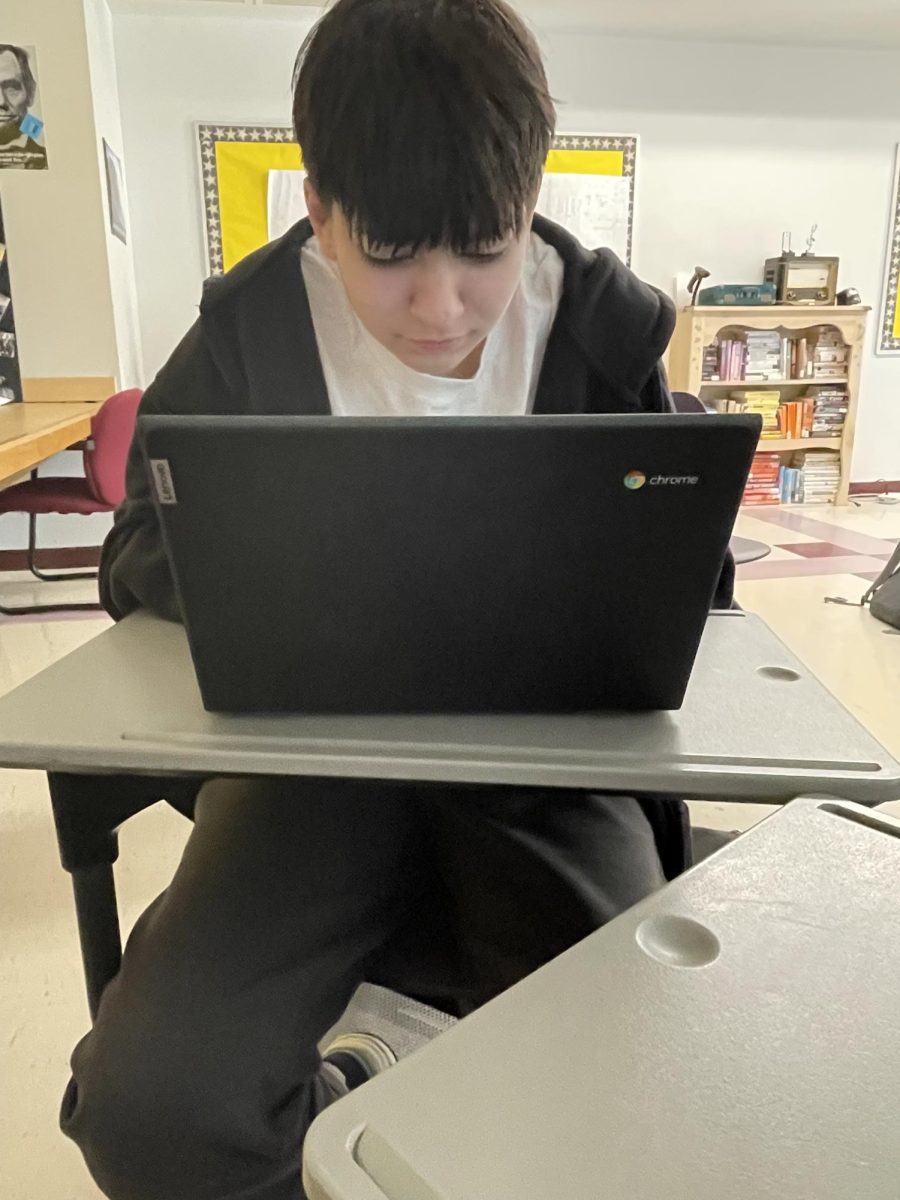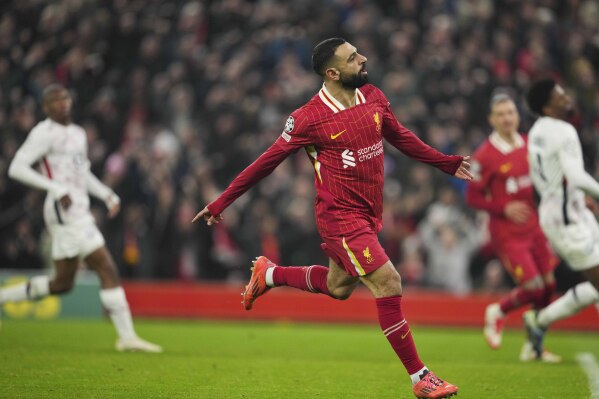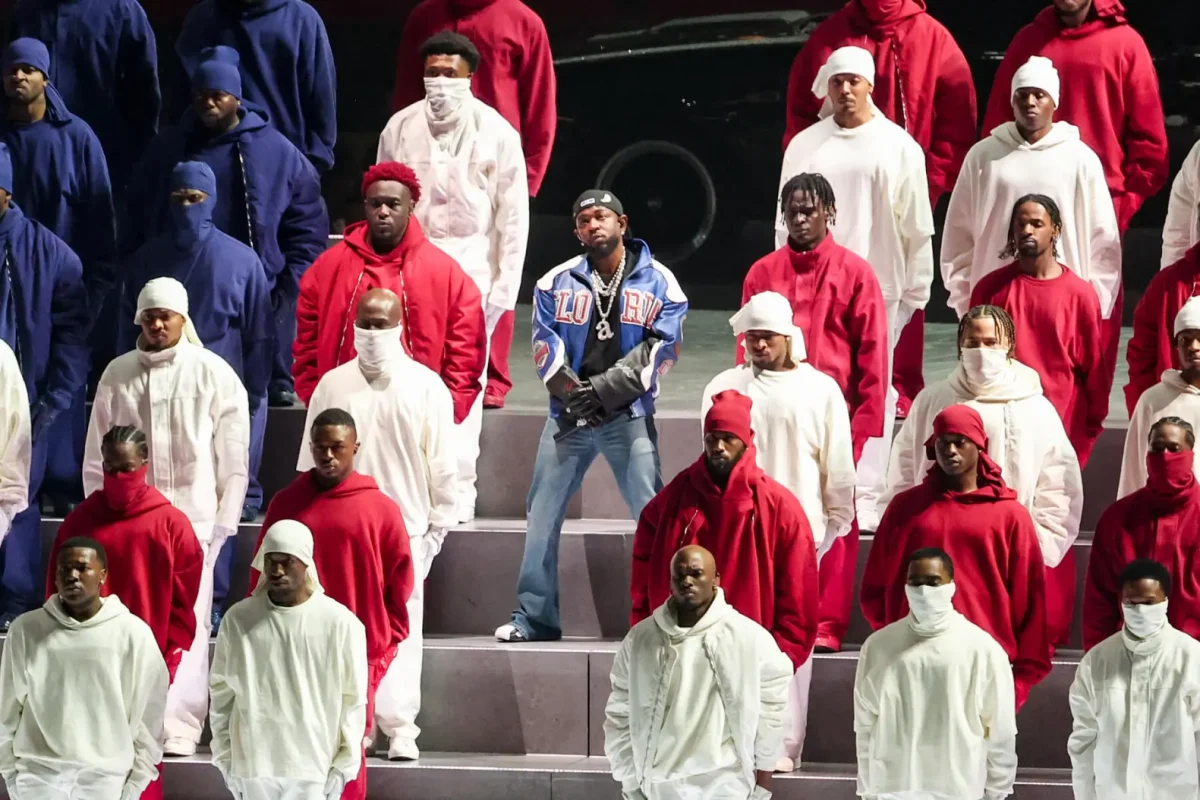US Politics: The Great Divide Widens
January 22, 2020
Even this early in the year of the presidential election, is it not hard to notice the strong divide between supporters of the two most prevalent political parties. The rising anger between the two groups has peaked in recent years, making politics in America an even more polarized system than it has ever been before.
While our government could not function if people didn’t hold strong opinions on politics, Americans have been leaning towards extremes causing hyper-partnerships amongst parties. This political polarization not only causes a dysfunctional political system but a cultural divide.
People come to associate political parties with entire cultural, spiritual, and societal beliefs rather than taking a moment to view both sides of an argument. Republicans and Democrats have grown to feel disdainful towards each other and associate their opposing parties with extremes. Republicans view Democrats as crazy radical liberals while Democrats see republicans as hyper-conservative old and rich whites.
The number of Republicans who have a negative perception of Democrats has gone from 17 percent to 43 percent in the past 20 years, and the amount of Democrats who have a negative perception of Republicans has gone from 16 percent to 38 percent.
CNN senior political analyst John Avlon believes that Trump’s “campaign reelection strategy isn’t to unite the nation and win by the largest possible margin but to win an electoral vote victory by demonizing the Democratic opposition as radical socialists who hate America.”
Social media is another factor that largely contributes to political polarization. Typically older conservatives refer to younger liberals as “snowflakes” and the recently viral meme “Ok Boomer” has gone to represent the older generation. This divide, though, does not only exist between generations but has begun to infiltrate the dialect of people everywhere regarding opposing political views.
“The “median,” or typical Republican is now more conservative than 94 percent of Democrats, compared with 70 percent twenty years ago. And the median Democrat is more liberal than 92 percent of Republicans, up from 64 percent,” according to the Pew Research Center.
As the rising tension between political parties increases and America’s politics becomes more like a battle than ever before, we face the reality of a weakened government and a separated nation. And as long as these ideals are being pushed by those in power, America will continue its downward slope as a nation that is divided rather than united.
“The good news is that we are not as divided as our hyper partisan politics suggest. The culture of our country did not change on election day in 2016. The red state vs. blue state narrative is too simplistic — the real divisions we confront are rooted in the differences between urban and rural America.”… “To find our common purpose, we must define our common ground and then consciously build upon it,” Avlon says.






